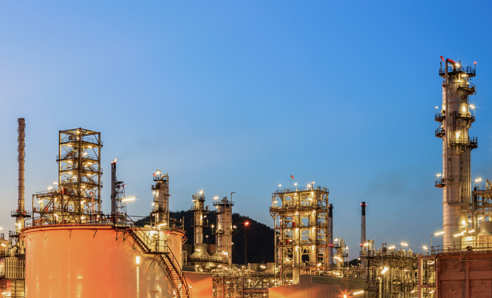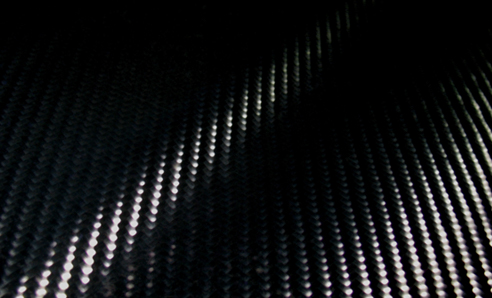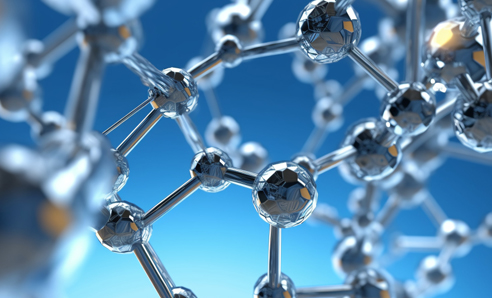Metal Alloy
First principles study on oxidation resistance of alloys
Heat-resistant steel refers to stainless steel materials that can withstand greater stress and have strong surface stability under high temperature conditions above 600 ° C. Austenitic heat-resistant steel has high melting point, high temperature strength and high temperature oxidation resistance, and has been widely used in aviation engines, industrial gas turbines and other fields. Its excellent high temperature oxidation resistance is mainly due to the formation of protective oxide film Cr2O3 and Al2O3 on the alloy surface. Compared with the metal matrix, the oxide film has a higher melting point, and the thermodynamic stability is very good. It can effectively prevent the metal atoms such as Fe in the matrix from spreading to the surface, and at the same time prevent the internal diffusion of O in the external environment, which protects the matrix. Due to the different atomic arrangement, orientation and chemical composition of the two parts of the matrix/oxide film interface, the structure is relatively weak. Under the long-term thermal cycle service environment and external stress, defects are easy to cause the oxide film to fall off, the oxidation resistance is reduced, and serious material failure will be caused and the service life will be shortened. Therefore, exploring and improving the matrix/oxide film interface bonding strength is the most favorable way to improve the oxidation resistance and prolong the service life of heat-resistant steel.
The segregation behavior of alloyed elements Si, Al, V, Ti, Mo, W, Nb, Y at Fe(111)/Cr2O3(0001) interface and its effect on interface bonding ability were systematically analyzed by first-principles calculation method (CASTEP). The results show that W, Mo and Nb tend to segregate at the interface. And Y, Al, Si, Ti, V are not easy to segregate at the interface. By calculating the interface separation work and interface structure characteristics, it is found that Si and Al can improve the interface bonding ability by interacting with O at the interface, that is, improve the bonding of the surface oxide film, and thus indirectly enhance the oxidation resistance.
Comp. Mater. Sci. 109, 293-299 (2015)
Mechanism of spot corrosion of iron based amorphous coatings
The corrosion mechanism of ferrous amorphous metal coatings under different corrosion conditions was studied by corrosion electrochemical experiments. The passivation current density of AMCs increases with the increase of S2-concentration. After NaCl is added, the change of S2- concentration has little effect on corrosion. When Cl- and S2- coexist, Cl- is the main factor affecting the pitting of AMCs. The pitting process was studied by molecular dynamics (MD) simulation. Cl- and S2- exhibit the strongest diffusivity and the largest negative adsorption energy on the surface of Cr2O3 inclusion (001). The pitting corrosion caused by Cl- occurs through the penetration mechanism and interfacial adsorption with metal oxides. The addition of S2- does not affect the molecular force and pitting tendency between Cr2O3 inclusions and NaCl. Cl- mainly affects the pitting corrosion of ferrous amorphous metal coatings in mixed solutions. The simulation and experimental results provide a suitable method to solve the sensitive position of pitting initiation caused by oxide inclusion in iron matrix composites.
In the mixed solution of NaCl and Na2S, the addition of S2- does not affect the interaction between Cr2O3 clathrates and NaCl and the pitting tendency. When Cl- and S2- coexist, Cl- is the main factor affecting the pitting of AMCs. This phenomenon is caused by the poor binding ability and ion selectivity of the sulfides produced by the S2 reaction. More defect vacancies were found in the passivated film, which provided channels for Cl- and promoted the enrichment of Cl- in the pit, thus accelerating the development of pitting corrosion.
Surface & Coatings Technology 385(2020)125449




